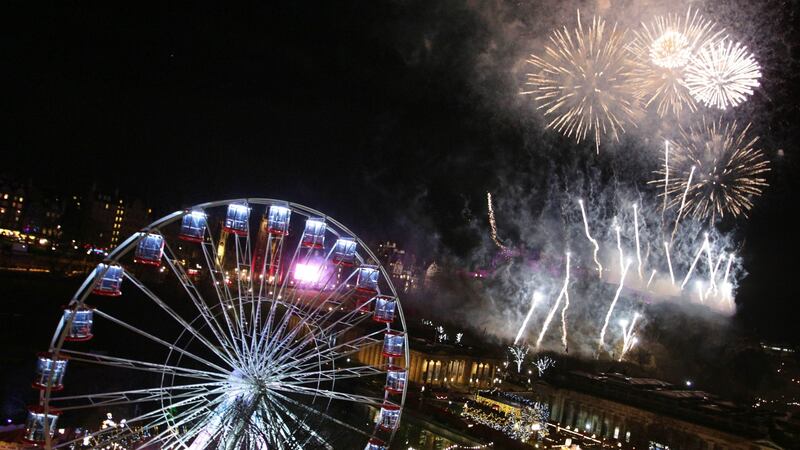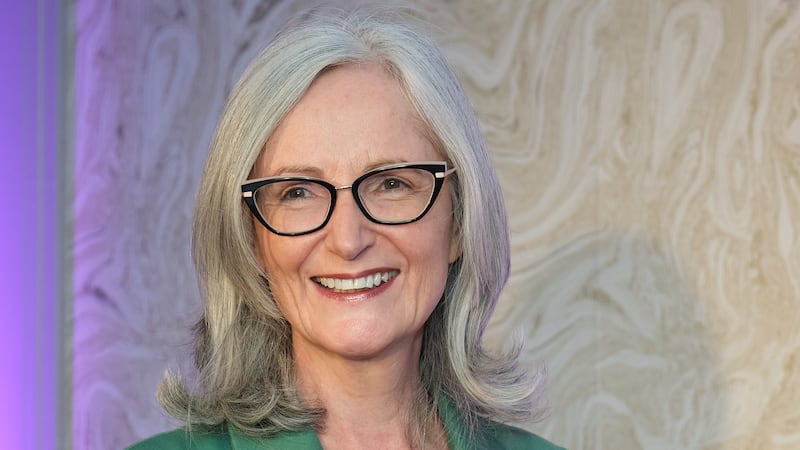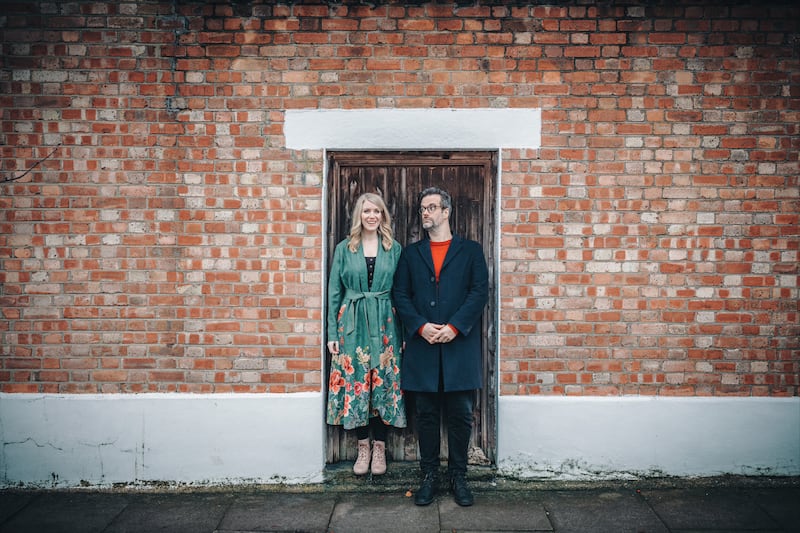The next generation could let old anthems be forgotten, according to new research which show Auld Lang Syne is not a New Year hit with younger listeners.
Online streaming data has shown that the traditional ballad sung to ring in the New Year is losing popularity, with mainly older generations still listening.
The Scottish song, based on a poem by Robert Burns, was the most-played track between 11.55pm on New Year’s Eve 2017 and 12.05am on January 1 this year, according to streaming service Deezer.
However, the hymn to the passing of the old year may be a tradition that is lost on a new generation, with 18 to 25-year-old listeners making up only 5% of those streaming on New Year. More than half of all Auld Lang Syne streams are from listeners aged over 45.

Deezer editor Adam Read said: “This New Year’s Eve, we’re encouraging more young people to embrace the festive tradition of singing Auld Lang Syne.”
The song remains popular in Scotland, with Glasgow the location of the most streams. This is followed by Farnham in Surrey, with Aberdeen, Barry and Great Yarmouth rounding off the top five.
Burns first penned the poem in 1788, claiming to have collected the verse from a more ancient Scots song. Put to a traditional folk tune, it became a Scottish custom to sing the song, which was spread across the world through emigration from the British Isles.








